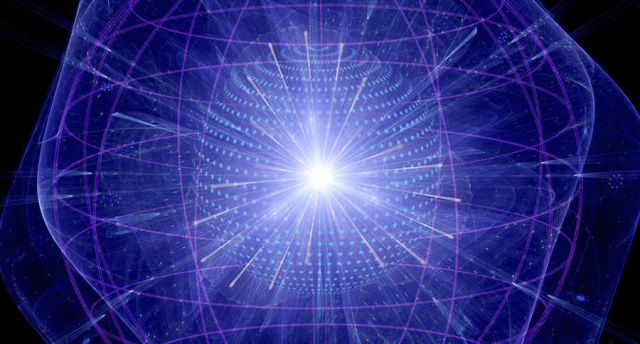A new study proposes that an event in the early universe, could reduce the amount of dark matter in cosmos.
According to astronomers, just less than a second after the Big Bang, the universe started a rapid expansion, called inflation.
But when they observed at the rate at which the galaxies are spinning, they noticed that something is missing from their mass. They call it dark matter.
Now a new theory from the U.S. Department of Energy’s Brookhaven National Laboratory, Fermi National Accelerator Laboratory and Stony Brook University, proposes a shorter secondary inflationary period, equivalent on the amount of dark matter estimated to exist throughout the cosmos.
Hooman Davoudiasl, group leader in the High-Energy Theory Group at Brookhaven National Laboratory and an author on the paper, said:
“In general, a fundamental theory of nature can explain certain phenomena, but it may not always end up giving you the right amount of dark matter. If you come up with too little dark matter, you can suggest another source, but having too much is a problem.”
At this point, the abundance of dark matter is now baked in the cake. Remember, dark matter interacts very weakly. So, a significant annihilation rate cannot persist at lower temperatures. Self-annihilation of dark matter becomes inefficient quite early, and the amount of dark matter particles is frozen.”
It’s definitely not the standard cosmology, but you have to accept that the universe may not be governed by things in the standard way that we thought. But we didn’t need to construct something complicated. We show how a simple model can achieve this short amount of inflation in the early universe and account for the amount of dark matter we believe is out there.”
The study will be published online in Physical Review Letters, on January 18.
Image credit Brookhaven National Laboratory






Leave A Comment